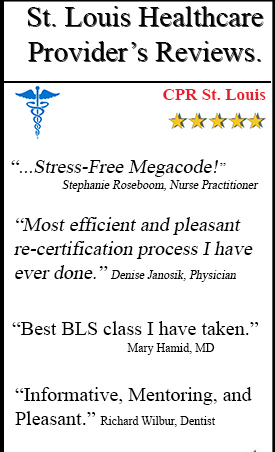Breast Cancer by Ejona Cekrezi
Call Us Now
Get the Best CPR Class in St. Louis Today!
Breast cancer is a malignant, metastasizing tumor of the mammary gland that is the primary cause of death for women ages 35-45. A malignant tumor is a group of cancer cells that can grow into surrounding tissues or spread to distant areas of the human body. Breast cancer usually begins with the formation of a small lump (confined tumor), or as calcium deposits, and then spreads through channels to the lymph nodes or through the bloodstream to other organs.
There are different types of breast cancer that usually will grow and invade tissues around the breast, such as the skin or the walls of the chest. Different types of breast cancer might take years to spread beyond the breast, but other types will move quickly. Varying from the type of tumor some lumps are not cancerous, but these can be premalignant. Early detection of breast cancer is by examining the tissues through a mammography. The question is what may be some of the causes of breast cancer and how this tumor can be treated?
Certain changes in DNA can cause normal breast cells to become cancerous. Different cancers have different risk factors. Some risk factors are smoking, and drinking, and other risk factors are genetically proven. About 5% to 10% of breast cancers are found to be linked to inherited mutations in certain genes. The most common gene changes are BRCA1 and BRCA2 genes. Other risk factors such as a person’s age, race, or family history, can’t be changed, but they can be easily controlled through a strict diet, daily exercise,living an active life.
Early detection of this cancer and the use of clinical techniques have increased incredibly, so fortunately, breast cancer is curable and can be treated.
References:
1. Nutrition Action Health Letter; Jan/Feb96, Vol. 23 Issue 1, p1, 5p, 2 Color Photographs, 2 Charts, 2 Graphs
2. https://www.sciencedaily.com/news/health_medicine/breast_cancer/
3. Anatomy Physiology; Martini/Nath, eighth edition, Chapter 28,p1073
4. https://www.webmd.com/breast-cancer/guide/understanding-breast-cancer-basics?page=3






